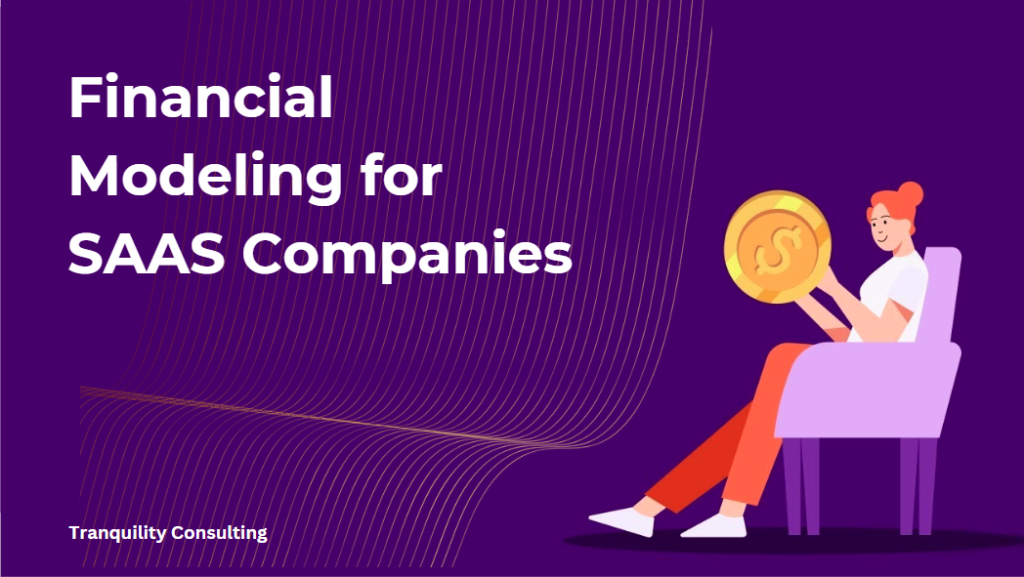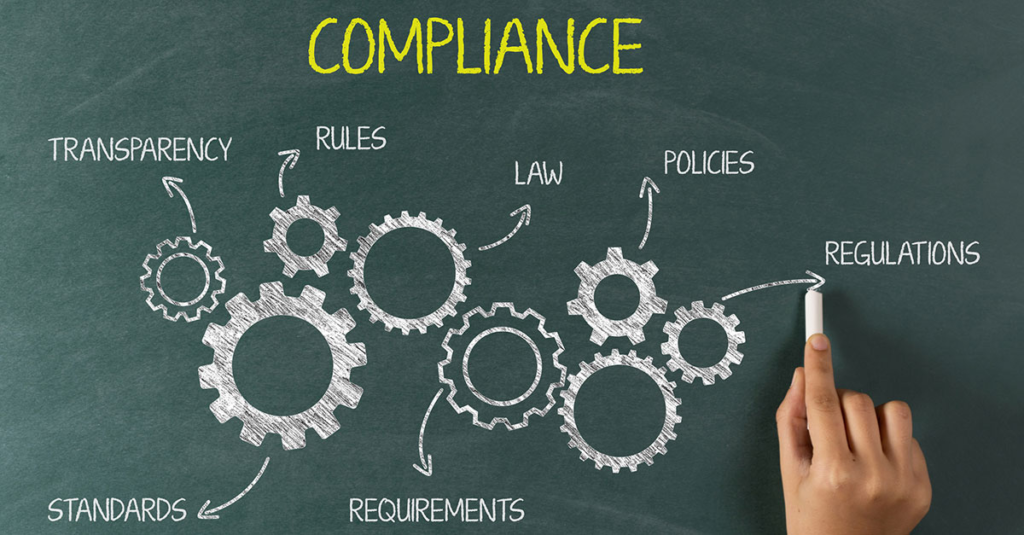If you are in Cloud Computing business and have a presence in the United States, then this article is for YOU!
In a global operation, the “Source” or the origination of Revenue is important in determining taxpayer’s tax liability. For U.S resident taxpayers, the U.S generally taxes on both Domestic and foreign source income. Non-residents who are not US citizens and business entities doing business in the US are liable to pay U.S tax on the U.S Source Income.
How to determine U.S Source Income for Non-resident Foreigners?
It depends on the nature and type of income.
- Source of revenue from a product sale (inventory)depends on the place where it is sold, in words depends on the place of customers.
- Whereas, in case of revenue from Services, the source of income is determined from the place where services performed.
- Likewise, the rules are different for Interest, Dividend, License fees and so on.
Most often physical or economic presence determines source of income in the United States.
Assume an electronic manufacturer in Japan has a sales force in the US for the US customers then it clearly creates U.S source income.
The same is not true if the title and ownership of the product transferred within Japan, and here it does not matter where is the customer located. Since the sales happened outside the U.S, there is no US source income.
The classification of transaction gets complicated when you are dealing in a cloud computing and transferring digital content or providing a software platform through cloud space.
How it is different for Cloud Computing / Digital Content & Mobile Apps?
In the case of transactions involving digital content and cloud transactions, three types of income are most relevant – sales, licenses, and services.
In the year 1998, the IRS finalized the regulations governing the taxation of cloud computing transactions. It should be noted that Google was founded in the same year.
After a decade, IRS released new proposed regulations on the classification of cloud transactions in the year 2019.
The regulations provide guidance to classify a cloud transaction as either a lease (or) sale of property like computer hardware, digital content, or other similar resources (OR) a provision of services.
REMINDER readers, classification of a cloud transaction as Lease compared to Services makes huge difference in determining the source and ultimate US tax liability. So, it is important to get the classification right!
Example:
Business with Cloud infrastructure
Corp A operates data centers on its premises in various locations. Corp A provides Corp B computing capacity on Corp A’s servers in exchange for a monthly fee based on the amount of computing power made available to Corp B. Corp B provides its own software to run on Corp A’s servers.
Depending on utilization levels, the servers accessed by Corp B may also be used simultaneously by other customers. The computing capacity provided to Corp B can be sourced from a variety of servers in one or more of Corp A’s data centers, and Corp A determines how its computing resources are allocated among customers.
Corp A agrees to keep the servers operational, including by performing physical maintenance and repair and may replace any server with another server of comparable functionality.
Corp A agrees to provide Corp B with a payment credit for server downtime. Corp has no ability to physically alter any server.
Tax Analysis
Corp B has neither physical possession nor control of the servers, beyond Corp B’s right to access and use the servers. Corp A may replace any server with a functionally comparable server. The servers are a component of an integrated operation in which Corp A has other responsibilities, including maintaining the servers.
The transaction does not provide Corp B with a significant economic or possessory interest in the servers. The agreement provides that Corp A will provide Corp B with a payment credit for server downtime, such that Corp A bears risk of substantially diminished receipts in the event of contract non-performance. The servers may, depending on utilization levels, be used by Corp A to provide significant computing capacity to entities unrelated to Corp B.
Corp A is compensated according to the level of Corp B’s use (that is, the amount of computing power made available) and not solely based on the passage of time.
Considering all of the relevant factors, the transaction between Corp A and Corp B is classified as the provision of services.
US source income tax rules are not an “all or nothing” proposition. If you are in cloud computing business or in any other busines, proper planning is required to classify and determine these U.S source income rules.
Tranquility Consulting has deep knowledge on US Tax implications of a cloud computing business and could help you optimize the tax.
You can reach us at [email protected] or [email protected].
We will be happy to help in tax planning and in compliance with the U.S IRS.
DISCLAIMER
The information contained within this article is provided for informational purposes only and is not intended to provide, and should not be relied on for, tax, legal or accounting advice. All information in this article is provided “as is”, with no guarantee of completeness, accuracy, timeliness or of the results obtained from the use of this information, and without warranty of any kind, express or implied, including, but not limited to warranties of performance and fitness for a particular purpose.





